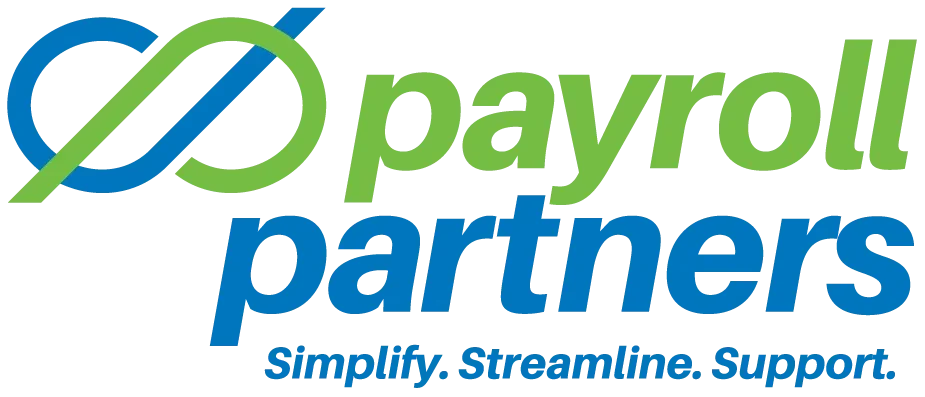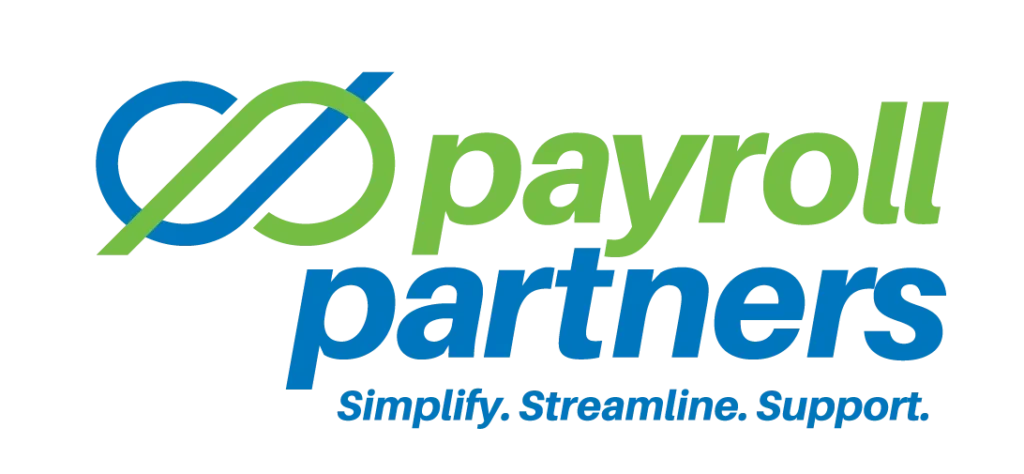Determining the correct social security tax for clergy is often confusing. Clergy pay social security tax under the Self-Employment Contributions Act (SECA), not under the Federal Insurance Contributions Act (FICA). Clergy engaged in the exercise of ministry are always treated as self-employed for social security tax purposes.
A congregation should never deduct FICA tax from the pay of a qualified clergy—only SECA tax applies. This is not an option but a requirement defined by the IRS. It is the responsibility of the church to determine the appropriate type of social security based on the employment status of the individual.
What is the difference between FICA and SECA taxes?
FICA stands for Federal Insurance Contribution Act. FICA is your Social Security and Medicare taxes. In a normal job, half of this tax (6.2% for Social Security, 1.45% for Medicare) is withheld from your paycheck, the other half is paid by your employer. If you are an ordained member of the Clergy, you do not pay FICA taxes.
However, if you have not specifically filed to be exempt from the Social Security program, you will pay Self Employment Taxes (SECA) on your personal Income Tax return on April 15th. This tax comes to 15.3%, so we recommend making additional quarterly estimated tax payments or withholding extra from your paycheck to avoid a hefty tax bill at the end of the year.
If a congregation withholds and matches FICA-type social security tax for a qualified clergy, the individual is incorrectly being treated as a lay-employee. The FICA matched by the congregation for social security purposes is improperly treated as tax-free when it is taxable for both income and social security purposes.
Churches are prohibited from paying FICA tax for clergy but are encouraged to pay a social security allowance for their pastor, which offsets their social security burden.
Many churches assume at least 50% of its pastor’s Social Security tax burden by providing a Social Security Allowance to him or her. This is 7.65% of the pastor’s cash salary and housing, regardless of whether the housing is provided in the form of a housing allowance or in the form of a parsonage with utilities paid by the church. The Social Security allowance is considered taxable salary when reporting income to the IRS on W-2 form.
It is possible for clergy to be exempt from SECA in only a few situations. To claim a SECA exemption, clergy must be conscientiously opposed to public insurance (including an opposition to receiving social security benefits) because of the clergy’s religious beliefs or because of the position of the clergy’s religious denomination regarding social security.
A clergy’s earnings that are not from the exercise of ministry are generally subject to social security tax under FICA (nonclergy employment) or SECA (independent contractor earnings).
Payroll Partners is committed to helping clients stay informed about payroll, tax and human resource news, developments and current events. This article is intended to provide readers with general information on human resources matters. The article does not constitute, and should not be treated as professional advice regarding the use of any particular human resources practice. All efforts have been made to assure the accuracy of the information. Payroll Partners does not assume responsibility for any individual’s reliance upon the information provided in the article. Readers should independently verify all information before applying it to a particular fact situation, and should independently determine the impact of any particular human resources practice. If you are seeking financial or human resources advice, you are encouraged to consult a financial and/or human resources professional.

